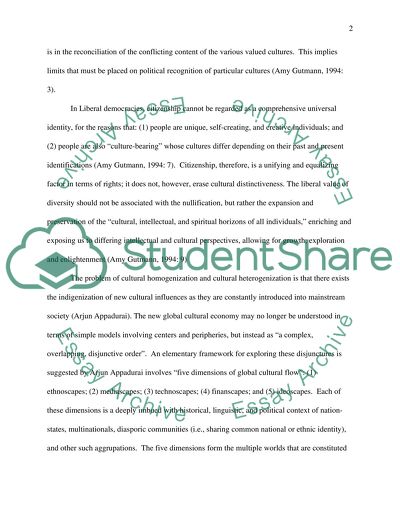Cite this document
(“What are the potential benefits and pitfalls in promoting a new cinema Essay”, n.d.)
Retrieved from https://studentshare.org/visual-arts-film-studies/1407751-what-are-the-potential-benefits-and-pitfalls-in
Retrieved from https://studentshare.org/visual-arts-film-studies/1407751-what-are-the-potential-benefits-and-pitfalls-in
(What Are the Potential Benefits and Pitfalls in Promoting a New Cinema Essay)
https://studentshare.org/visual-arts-film-studies/1407751-what-are-the-potential-benefits-and-pitfalls-in.
https://studentshare.org/visual-arts-film-studies/1407751-what-are-the-potential-benefits-and-pitfalls-in.
“What Are the Potential Benefits and Pitfalls in Promoting a New Cinema Essay”, n.d. https://studentshare.org/visual-arts-film-studies/1407751-what-are-the-potential-benefits-and-pitfalls-in.


